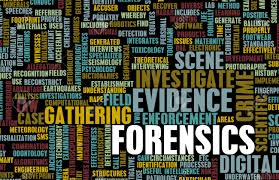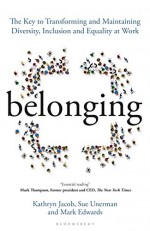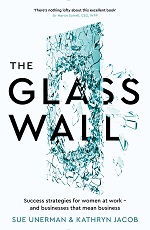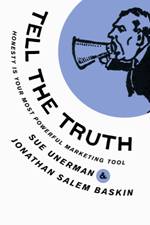 This week I experienced clown school.
This week I experienced clown school.
No, I have not had a lifelong ambition to don a red nose and big shoes. Nor have I discovered a hitherto unknown love of slapstick.
At a networking event for Rada for Business we had a taster of what clown school is like.
One of the exercises involved one participant leaving the room while another picked a pose with a chair. A particular way of sitting, standing or leaning on it. Our first picker chose the classic Christine Keeler pose.
The subject who left the room then returned and had to guess what pose we’d chosen. However there was no verbal communication allowed. As the subject tried out different poses we were meant to show through non-verbal encouragement (applause or the lack of it) whether they were warmer or colder in finding the right pose.
The exercise was more fun for the audience than it was for the subject.
Subject one actually found the Christine Keeler pose reasonably quickly. Subject two, who had to guess a different pose, to sit sideways and cross her legs elegantly, really struggled. The more the subject struggled, the more heightened the emotions in the room. She kept trying different poses of all kinds. Moving different parts of her body in lots of contortions. The one thing she didn’t try was crossing her legs left to right instead of right to left. It was frustrating to watch her. The journey felt hopeless in the end and we were glad to stop the exercise and clearly show her what was going wrong.
This exercise is useful to trainee clowns apparently because it helps them read the mood of the audience. It teaches them to find ways to intuit what the paying audience wants but cannot express.
This exercise would also be useful to anyone who is navigating a business relationship that has hit rocky waters. That could be trade press to agency, client to agency, agency to media owner, you and your colleagues, you and your boss.
Useful in two ways.
First because it requires you to stop listening only to what is being said (as nothing is being said) and instead be attuned to non-verbal communication. Sometimes when relationships break down we demand a chapter and verse detailing of what has gone awry. Whilst this may prove a cathartic bit of venting for the aggrieved party it can also be misleading. If the problem is really that one party just doesn’t “get” the other one it might not be much help. And we know (or we think we know), that more than 90% of communication is non-verbal. Yet we demand, rather righteously, that a detailed list of the problems be delivered (verbally) so we can fix them. Which we may then try very hard to do without fixing anything close to the real issues.
Clown school would stop you making that mistake.
Secondly it teaches how important it is to be inventive with agility. Our second subject at Clown School just lost heart and dried up. We were so anxious for her to succeed. With every non-verbal cue at our command we tried to get her to cross her legs the other way. Apparently, according to our moderator, comic Viv Groskop, in real clown school there is no letting you off the hook. You keep trying new poses until you get it right. She said she’d seen grown men reduced to tears in this exercise.
Sometimes even when both parties in a business relationship mean well things can go wrong. It is crucial to stay positive and try new things.
It is crucial to really listen to each other, beyond what either of you are saying.





What’s the most important quality in a great leader?
Tuesday, May 23rd, 2017What is the overriding quality of a great leader?
Is there one that is paramount?
Is it manners?
Being polite is a good quality for a senior leader. It is not necessarily the most important quality, although outright rudeness is unacceptable.
Caring about people is important. However as Kim Scott, another leadership coach points out there is a world of difference in effective management between how and why you express that caring. Ruinous empathy gets business nowhere. Caring about the people you work with has to be accompanied with straight talking for radical candour which truly moves business on.
At a leadership team away day last year several people talked about being inspirational as a leadership attribute. But what does that really mean? You have to deliver for the business and for people to be inspirational. You can’t just inspire by trying to be inspirational.
Who do you personally find inspiring anyway? For me it’s the outliers who have delivered a step change in business or better still for society and culture. Probably no-one on my top ten list set out to be inspirational. They set out to do something better than it was currently being done
The single most important ingredient in a good leader: Winning.
Really competitive people make great leaders. Only if they are competitive for the business and the team. Personal competitiveness isn’t enough. In fact it can lead to selfishness and a “rock star” tendency to fail to get the best out of everyone. Competitiveness on behalf on the whole, for the team they lead and the business that they love, is another thing entirely, and is a sine qua non of great leadership.
Here are 3 reasons why:
Posted in MediaComment | No Comments »